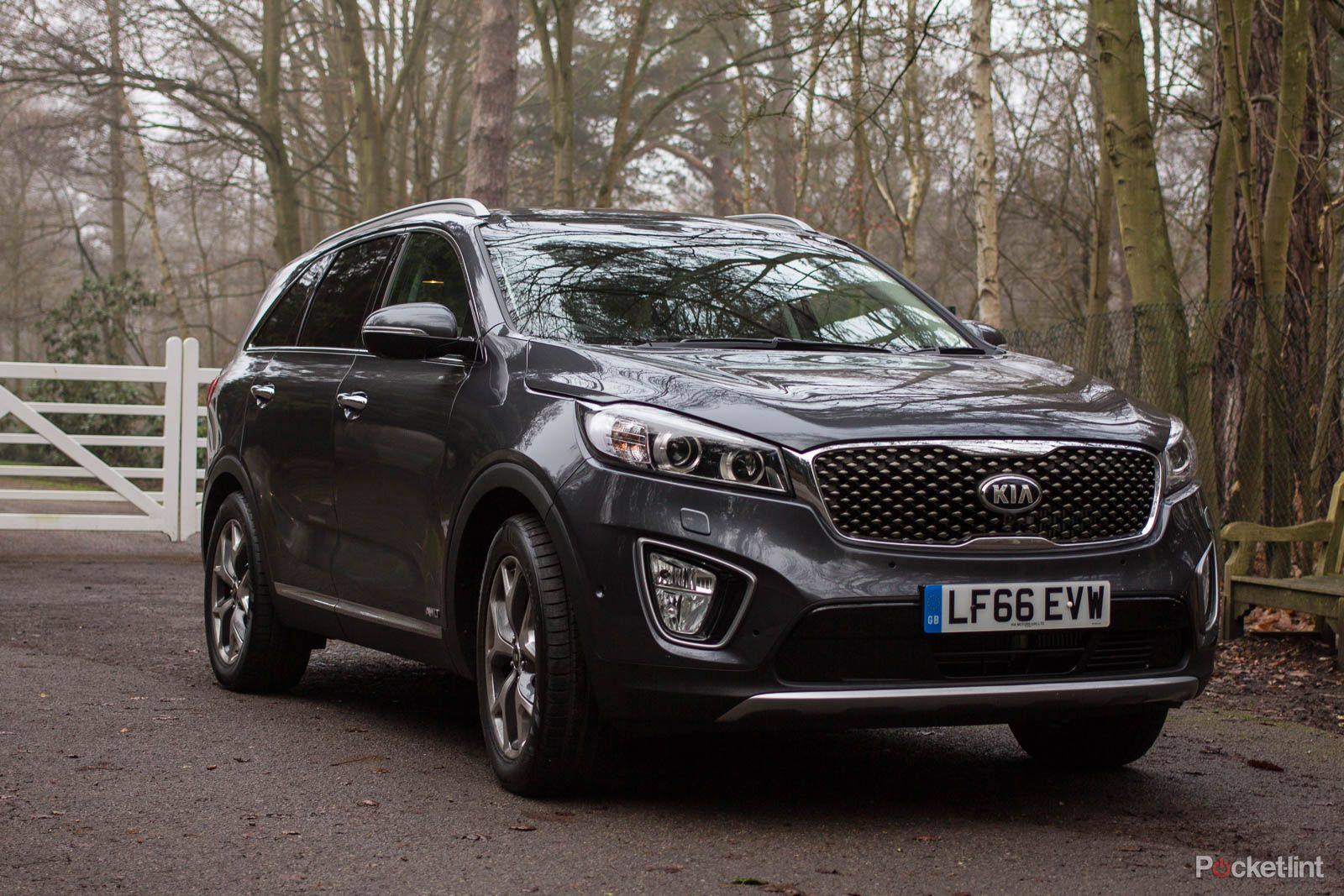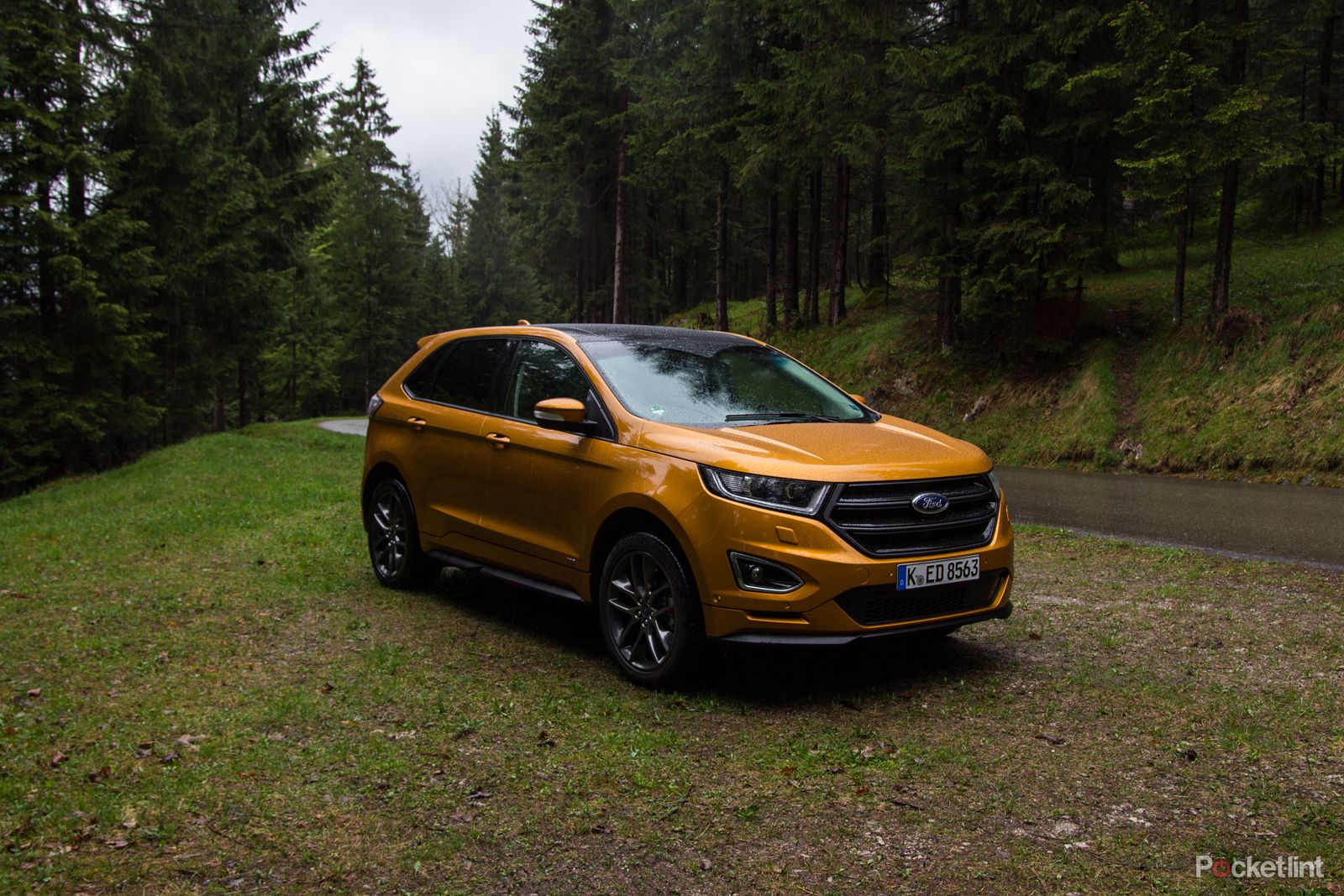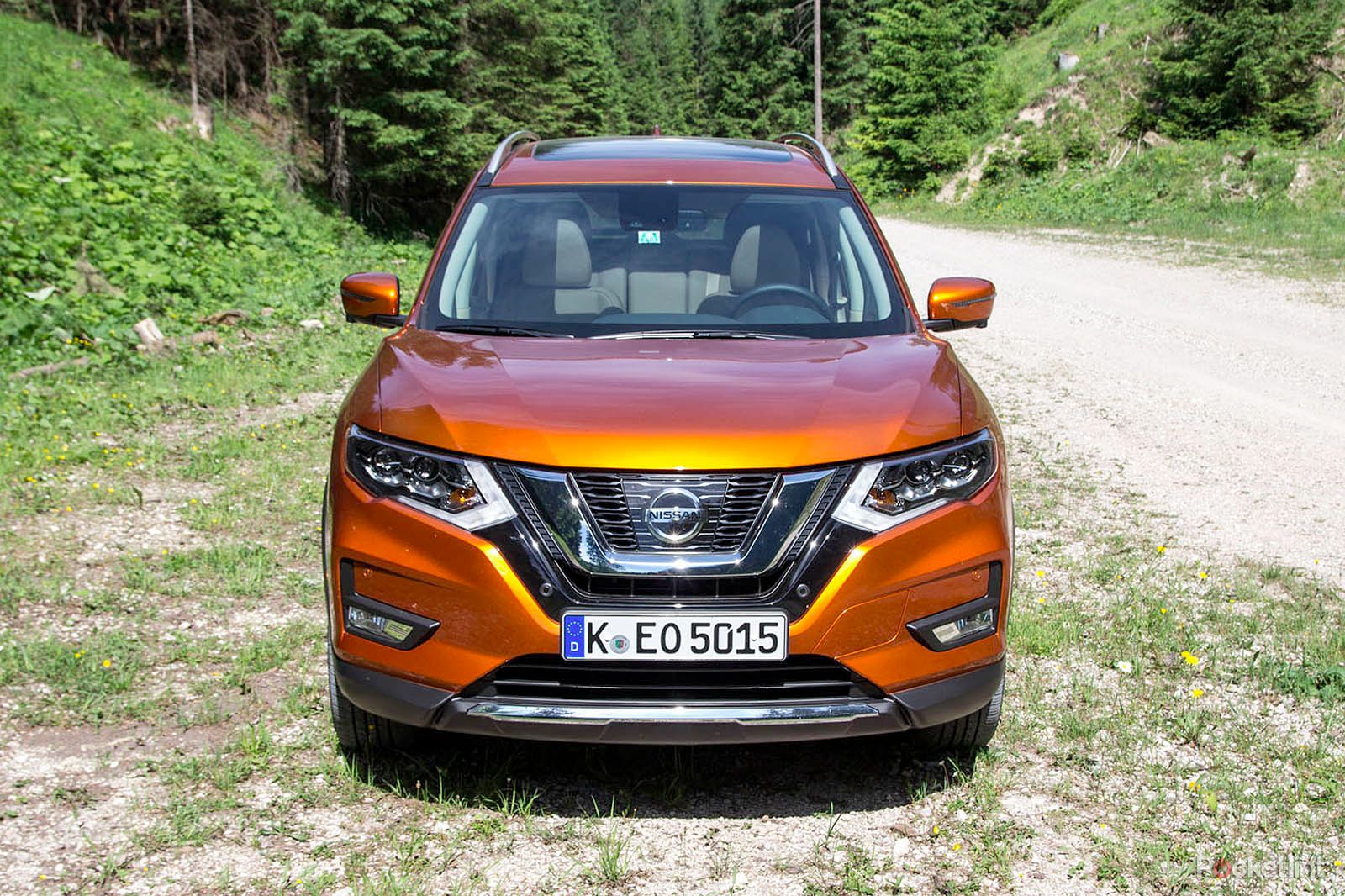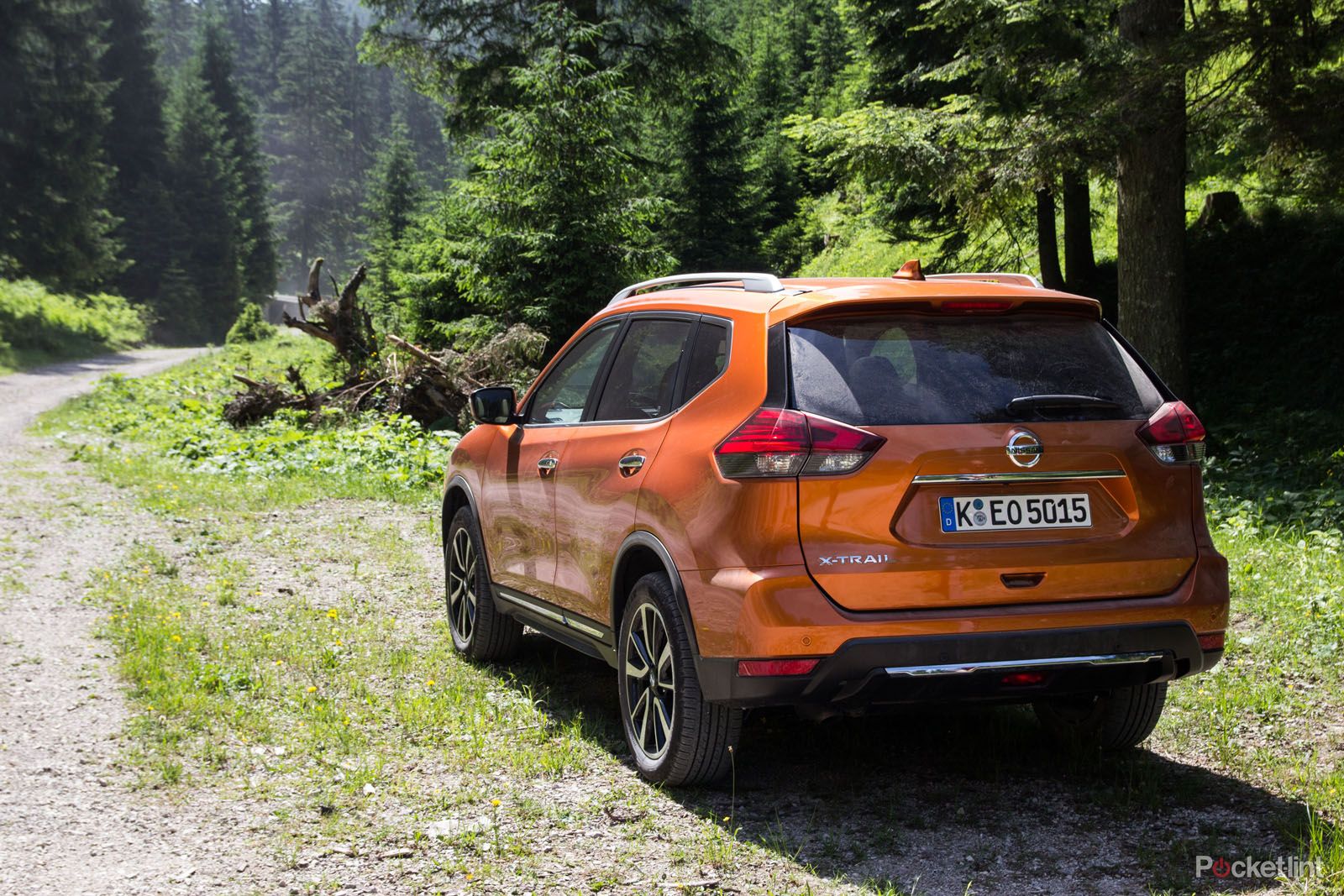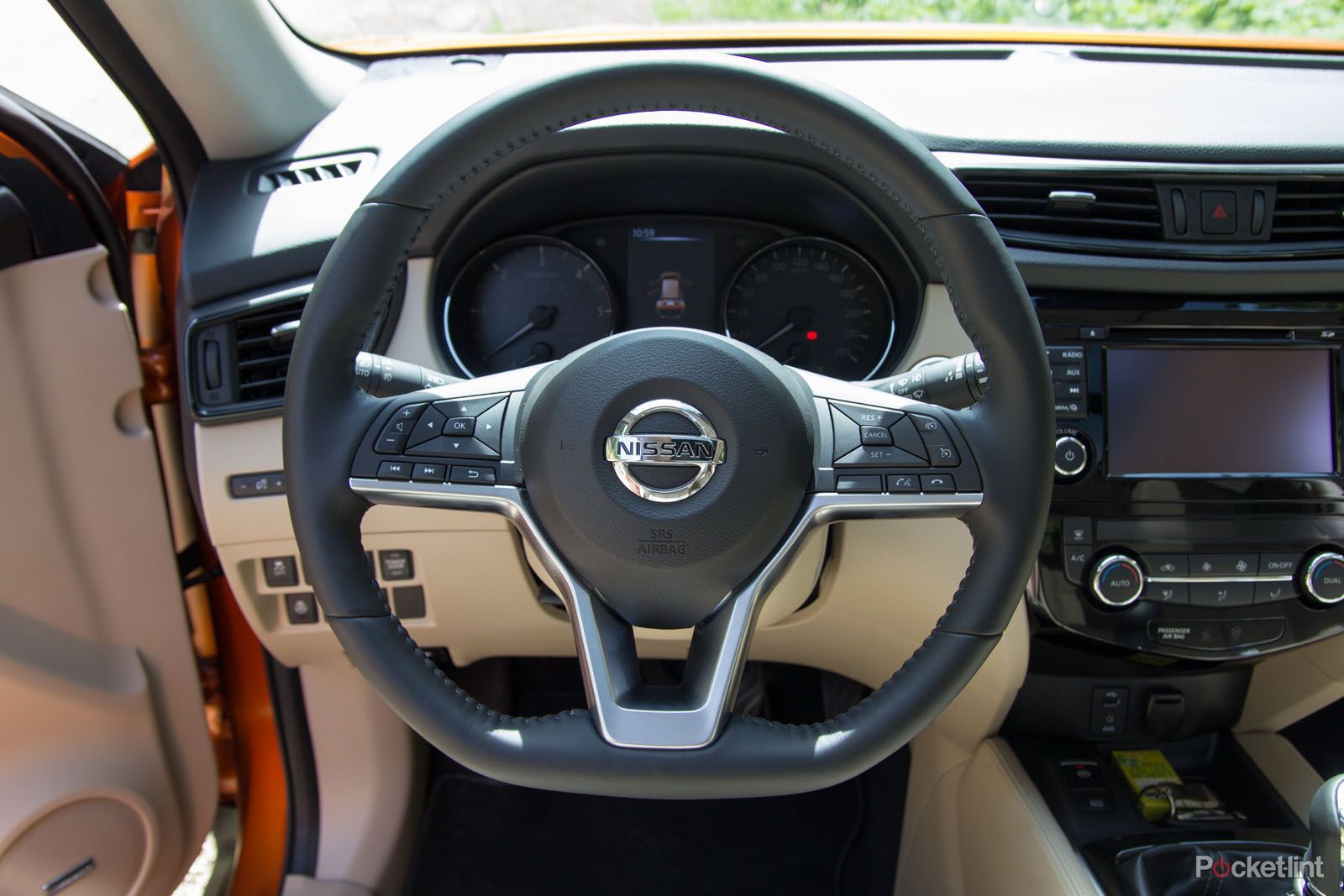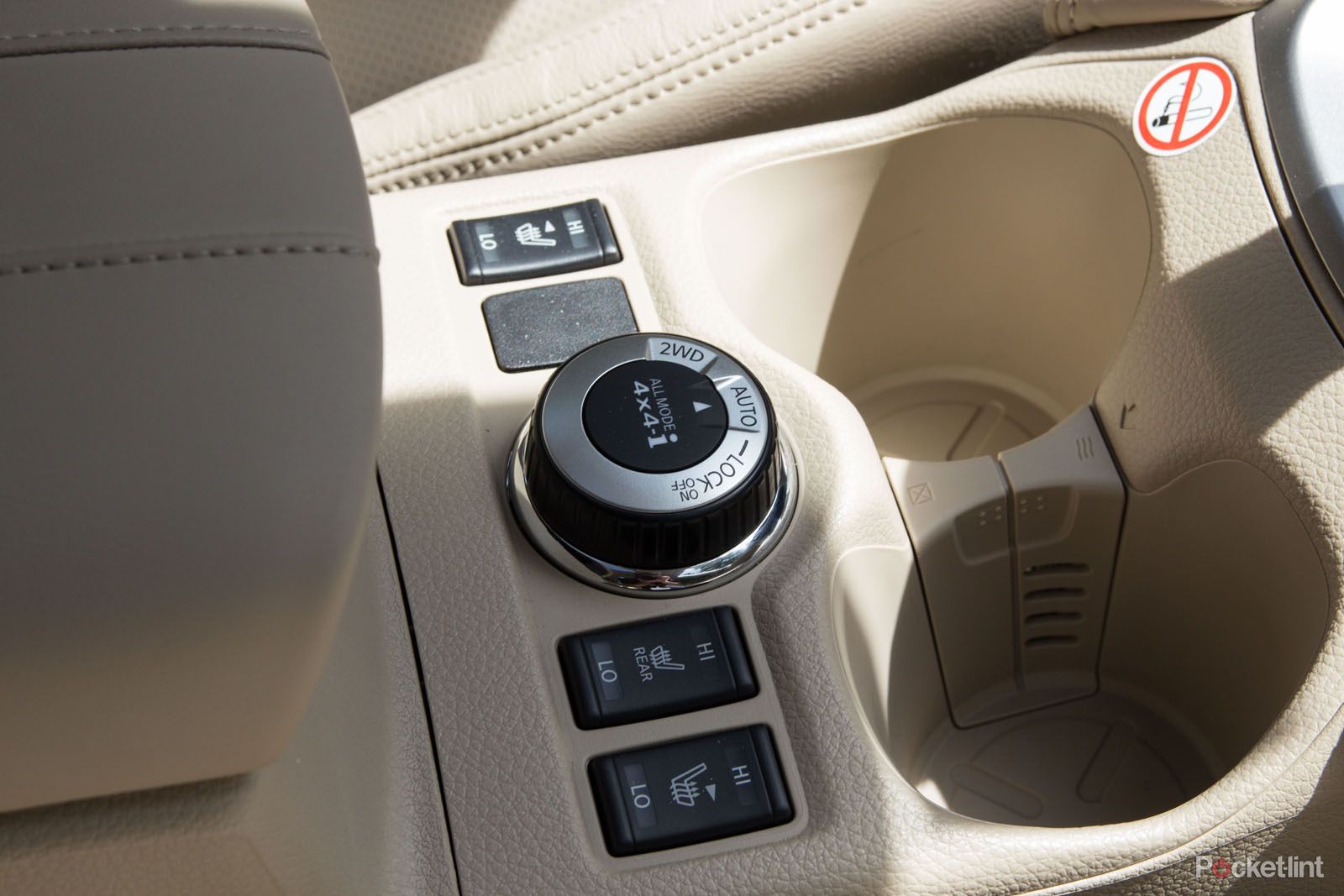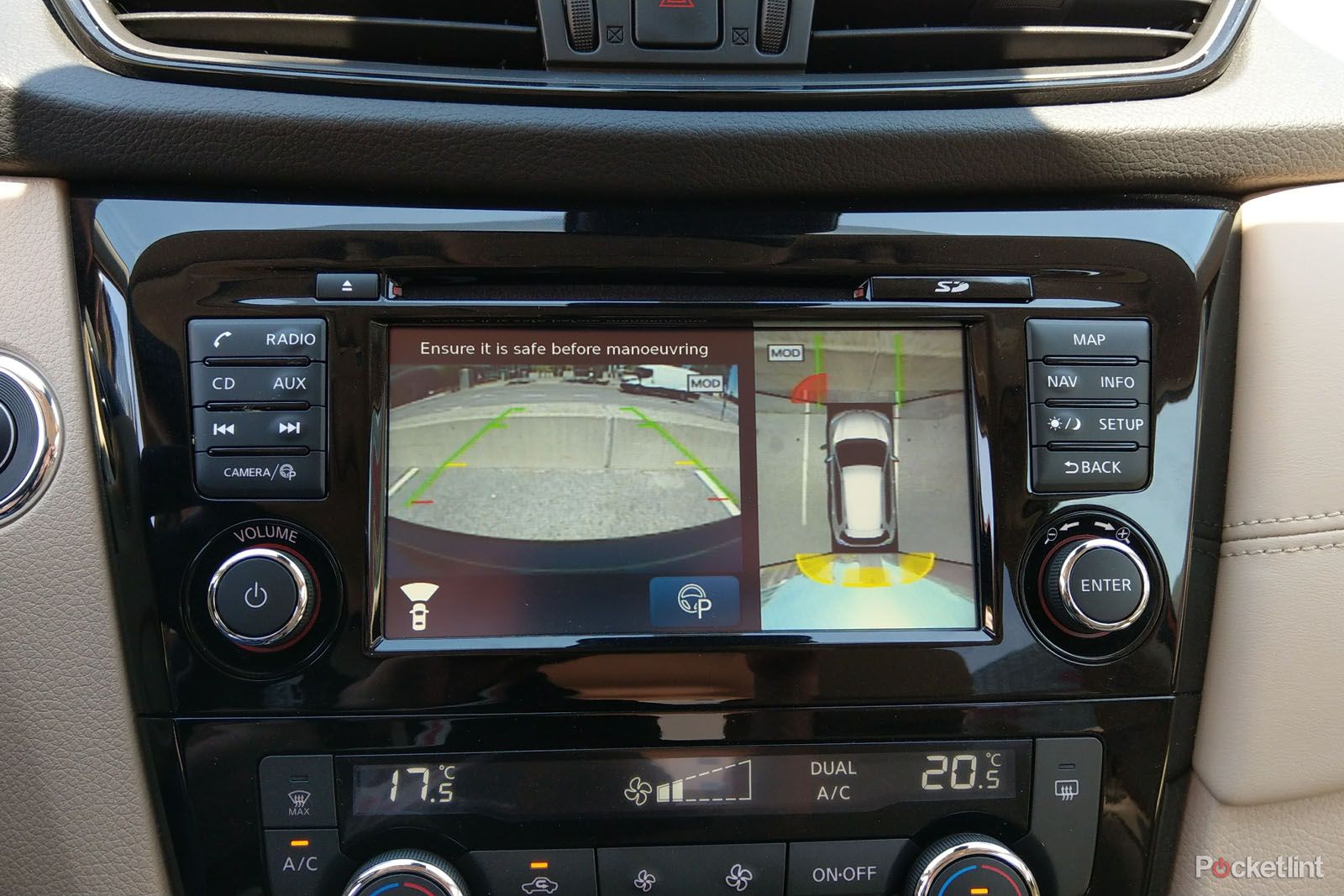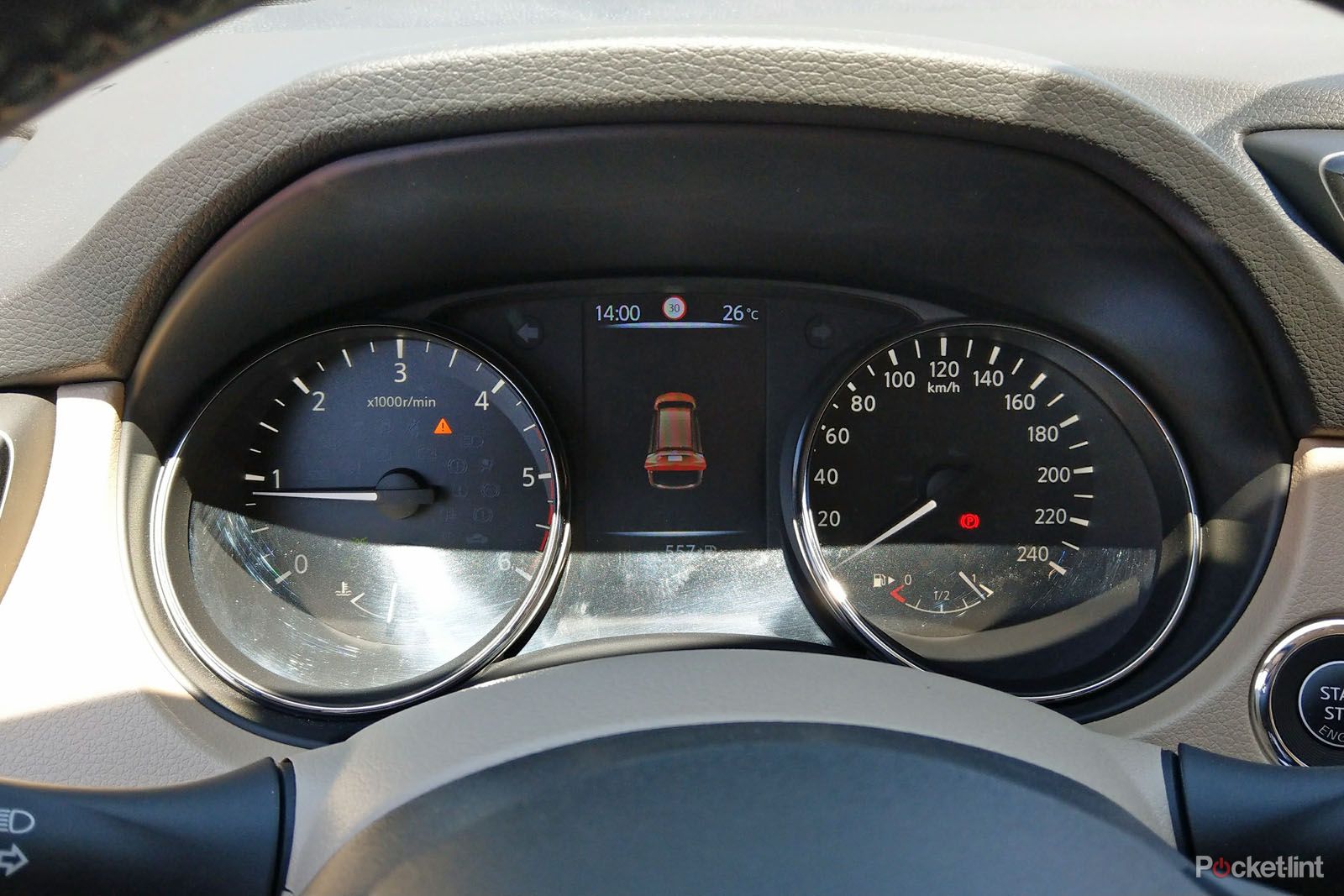When Nissan talks about the X-Trail, it's talking about a car that it has designed for "family adventures". While the Qashqai is the urban crossover that's ferrying thousands to school every day, the X-Trail is the car that's roaming a little further afield, if you stick to Nissan's marketing message.
Our quick take
The new Nissan X-Trail is an exercise in tweaking and refining. The 2017 model boosts the mid-size SUV with some design tweaks, options for great safety technology, and premium touches to lift the appearance inside and out of the higher trim levels. It's designed to keep those rivals at bay, as competition hots up in the SUV segment.
The 2017 Nissan X-Trail sees its starting price rise by about £1,000 pounds compared to the outgoing model, but you're still getting a lot of car for your money. In many ways this is a slightly enlarged Qashqai, although we think the smaller model has more kerbside appeal, with its sharper looks and slightly more hatchback-like drive than this larger model.
But for those wanting something that's a little larger, with extra rugged appeal, as well as a 4x4 system that will expand your options should you want to venture off-road, then the X-Trail is a great value option. As the SUV market keeps adding premium choices, the Nissan X-Trail offers a lot for your money.
Alternatives to consider...
Kia Sorento
Kia's masterstroke is in redefining its brand and making it impossible to ignore. The larger Sorento (as opposed to the Sportage) brings a surprising level of quality, refinement and lots of tech. The Sorento also offers a 7-seat option without swelling the size of the car too much. It's great for larger families, boosted by that long warranty for peace of mind.
Ford Edge
Ford lacked a good quality SUV in the Europe, with a range of MPVs and crossovers. The Edge fills that gap, offering chunky looks, plenty of space and a great drive and connected technology, although this is strictly a five seater, with no option for more bodies in the boot. Ford also plays into a more premium market with slight higher prices.
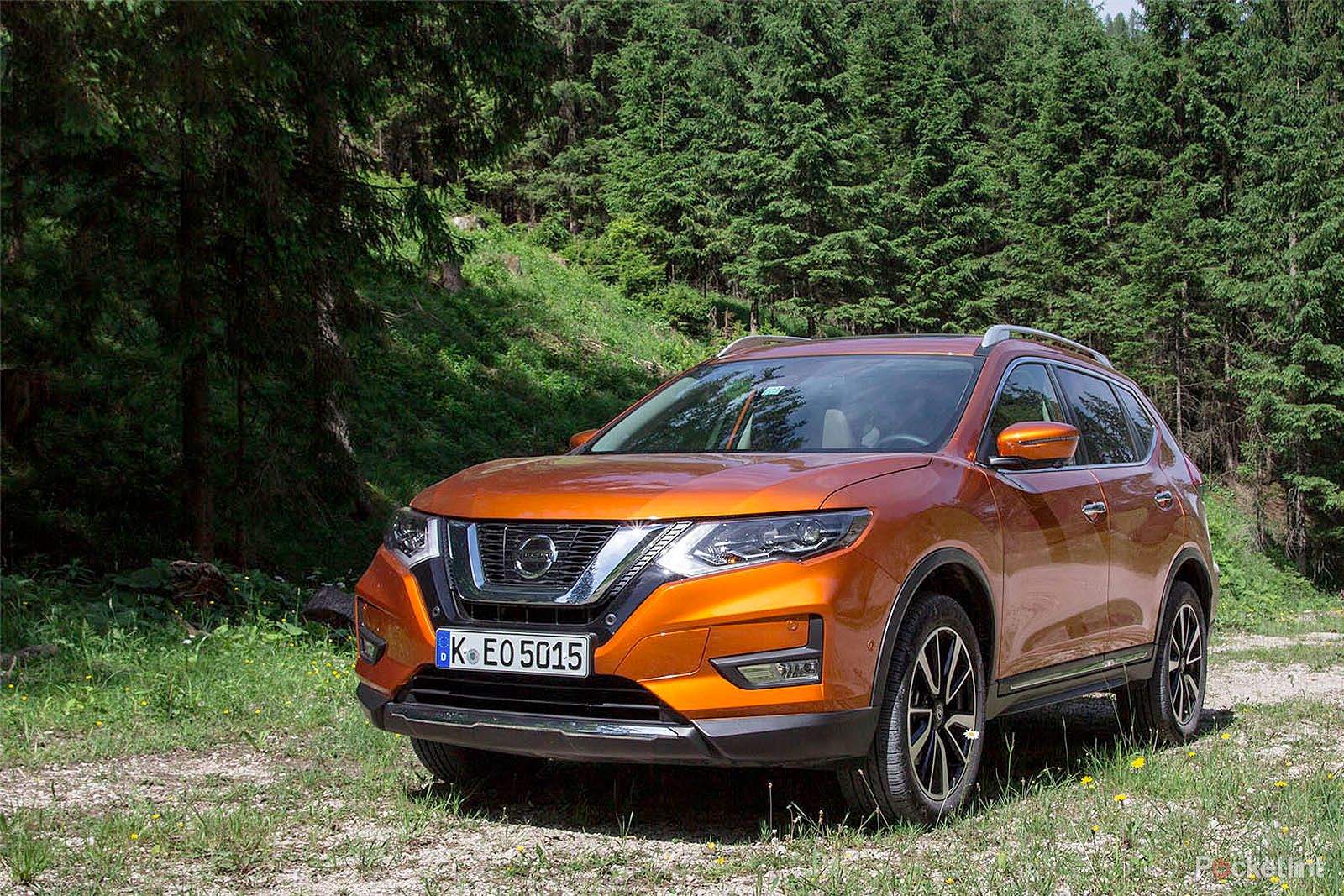
Nissan X-Trail (2017) - 4.0 / 5
| FOR | AGAINST |
|---|---|
|
|
The X-Trail expands the Qashqai's dimensions, making for a more rugged car, a slightly more versatile car, and one that plays much more to 4x4 heritage; although it's still called a crossover, it's less of a softroader and altogether more meaty all round.
Nissan X-Trail (2017) review: Design
- Four trim levels: Visia, Acenta, N-Connecta, Tekna
- Exterior grille tweaks, new rear bumper
- Five or seven seat options
Nissan hasn't made huge changes to the X-Trail in this 2017 facelift. Like the new Qashqai there are subtle updates in places, retaining the same rugged profile as the outgoing 2014 vehicle.
Nissan claims that in 2016 the X-Trail was the world's best-selling SUV (if you include its Rogue badged version in the US) and as the mantra goes, "if it ain't broke, don't fix it". So the overall look of the new X-Trail is pretty much the same as it was, with the main noticeable changes being around the lights and the front grille.
For the 2017 version of the X-Trail the front grille is wider and the front fog lights have changed from round to integrated rectangular, designed to give a more cohesive and sporty look. The lights also offer halogen on lower trim levels, moving up to LED on the Tekna trim.
Nissan watchers will know that there's now a flat badge from the company, so it's no longer a 3D physical badge stuck to the front. Less tactile it might be, but it also means that various sensors can be fitted behind it on those versions of the car that offer some of the more advanced features. More on that later.
The rear bumper has been tweaked, too, with more detailing running down the sides of the Tekna trim. The aim is to add premium touches: when you're sitting the Tekna, you know it and everyone else should too. This matches the aims of the new Qashqai to push things a little more upmarket, but while the Qashqai gets Tekna+ as a new level of trim, the X-Trail sticks to Visia, Acenta, N-Connecta and Tekna.
The X-Trail has come a long way from the box it once was, but in 2017 the devil is really in the details when it comes to design. Well, except the expansion in paint colours – with this new orange finish being one of the new options.
Nissan X-Trail (2017) review: Interior
- New steering wheel gives a premium lift
- Comfortable and spacious
The X-Trail offers more cabin space than the Qashqai, which is especially noticeable toward the rear. There's the option for seven seats if the boot isn't something you especially need, with the X-Trail joining the likes of the Kia Sorento in offering this extra row for those with larger families, or just wanting to split the kids up in the rear.
While much of the interior design and layout hasn't changed from the 2014 version of this car, the emphasis is on premium touches, like added padding to the sides of the central tunnel and some changes to the air vents and dash to give an uplifted look. There's still a feeling that there's a lot of plastic in places, and a range of types and textures, so it's not the most cohesive cabin – especially on the doors.
However, on the Tekna trim there's a good feeling of quality to the leathers. Plus it's certainly comfortable with plenty of headroom throughout the cabin.
One of the big changes – as also seen on the new Qashqai – is the shift in steering wheel styling. It has a D-shape with a flattened bottom, something that's a trend carrying over from sportier cars. It gives a little premium lift again, but Nissan has also shifted the balance of the wheel so there's more space in the top to make it easier to see the dials. On the Tekna trim it's also heated.
It gives a great feeling when you're sitting in the driver's seat, combined with those other leather touch points. And while it won't hoist you to the interior quality that you might find on something like the Audi Q5, the X-Trail is a more affordable option and the cabin fits its price point.
One of the additional new features is a kick to open tailgate. While the top trim options previously offered a powered tailgate, now you'll be able to wave your foot under the rear bumper to get it to open too – much like in the new BMW 5 Series Estate – which great for when you're carrying an armful of shopping.
Nissan X-Trail (2017) review: On the road and off
- 2WD and 4WD options
- 1.6 and 2.0 litre diesel engine choices
- 6-speed manual or CVT
Unlike the Qashqai, which is unashamedly a softroader (although there is an all-wheel drive option on the smaller SUV), the X-Trail takes its offroading a little more seriously. It might not be gunning in the same territory as the Land Rover Discovery, but there are options for all-wheel drive (AWD), as well as front wheel drive.
Take the AWD option and you have choices of a six-speed manual transmission or Nissan's CVT – continuously variable transmission – automatic and a central controller. This will essentially let you pick two wheel drive if that's all you need, or select auto" to do the thinking for you, smartly sending the power to the back wheels when you need the traction, like when under acceleration. Or there's the option to lock in four wheel drive. It's not quite as technical as some, but it's a nod to driver flexibility and hardier off-road skills.
Off-road the X-Trail drives perfectly well. Across loose stone surfaces and deeply rutted forest routes – including some precarious downhill sections that really tested the extent of the wheel travel – the X-Trail feels perfectly secure, although we can't claim to have really tested its skills in wet conditions, as it was dry during our test drives.
Back on the road and the X-Trail drives like the mid-sized SUV that it is. Sitting behind the 2.0 litre diesel paired with the manual box, the X-Trail is noisier inside than we found in the new Qashqai – it sounds and feels more like the big diesel that it is.
It drives well, though. Underway there's little to complain about when it comes to comfort. The gear change is smooth and the clutch light enough to make for easy driving, paired with steering that's positive enough, yet light enough to make it an easy-to-drive car. With Nissan eyeing family adventures, the drive feels right. It's not a thrill ride, but it's difficult to complain about either.
Visibility is good and the range of safety features presented by the X-Trail are impressive. Nissan's semi-autonomous system, ProPilot, which is expected in 2018, will arrive as a boost in the future. ProPilot will offer assistance for things like motorway driving and driving in congestion.
However, even without ProPilot right now there's a lot of safety options, like automatic braking (now enhanced with pedestrian recognition), lane departure warning, blind spot warnings, parking assistance, and options for cameras all round. It's a comprehensive suite of options, but you'll have to keep an eye on the trim level to see exactly what each model gets. There is a "smart vision pack" option all the way down to the entry-level Visia trim, if you want these technologies, so no trim is off limits.
The range of engines has expanded over the life of the X-Trail and there's now a choice of 1.6 and 2.0 litre diesels, ranging from 130ps up to 177ps with the 130ps manual 2WD being both the most affordable and efficient option (returning 129g/CO2 and a claimed mileage of 57.6mpg).
Nissan X-Trail (2017) review: Technology fun
- Smartphone connectivity through NissanConnect
- Bluetooth, USB and DAB standard
- Lots of safety tech
The Nissan X-Trail offers a central 7-inch display on its top models, which run the NissanConnect system. This is the same as in the Qashqai, offering a touch and button-based system, integrating features like DAB radio, sat nav and a degree of smartphone connectivity.
Lacking the convenience of Android Auto or Apple CarPlay, NissanConnect instead invites you to install an app on your phone to make that connection once you're plugged into its on-board USB connections (which feature as standard). This enables some extra app integration, enabling things like Google search, headlines from services like Eurosport and recommendations from TripAdvisor.
It is, admittedly, an odd collection and we can't help feeling that it's a little behind the times. While there's a lot that the X-Trail does on the technology front, it's in smartphone connectivity that things are a little primitive. Having Eurosport headlines appearing on the central display seems like a distraction rather than something that's legitimately useful.
Much of this technology hasn't changed hugely from the previous edition of the X-Trail, but those cars with NissanConnect also get the fin antenna on the roof which adds a premium look to the exterior.
New, however, is a new 8-speaker Bose sound system – which comes standard on the top-of-the-range Tekna trim. We put this through its paces during our test drives and it delivers very good in performance, keeping its tightness and accuracy across volume ranges and plenty of punch in the bass. If you want your X-Trail to sound excellent, this is the option to have.
To recap
For those wanting something a little larger, with extra rugged appeal, as well as a 4x4 system that will expand your options should you want to venture offroad, then the X-Trail is a great value option. As the SUV market keeps adding premium choices, the Nissan X-Trail offers a lot of your money at under £25k.

